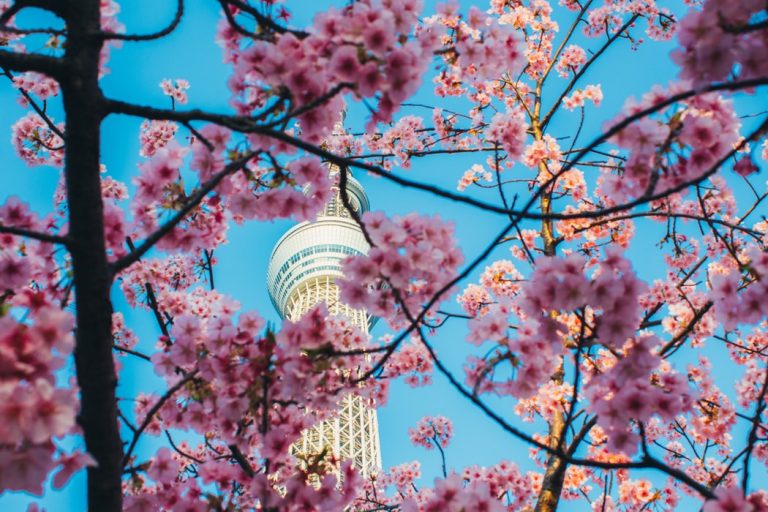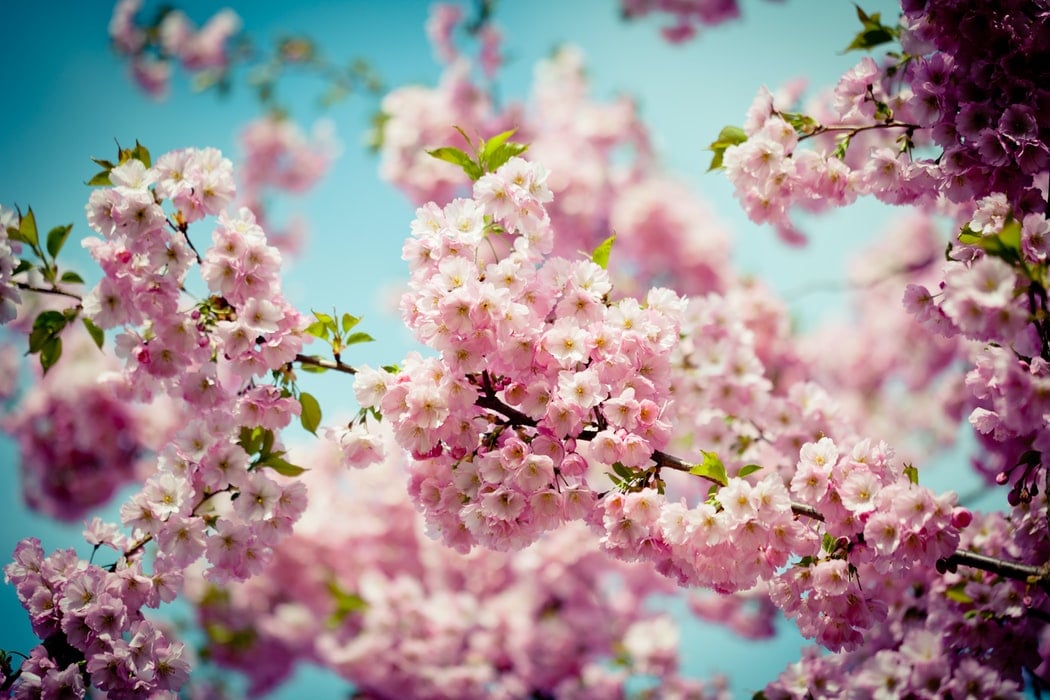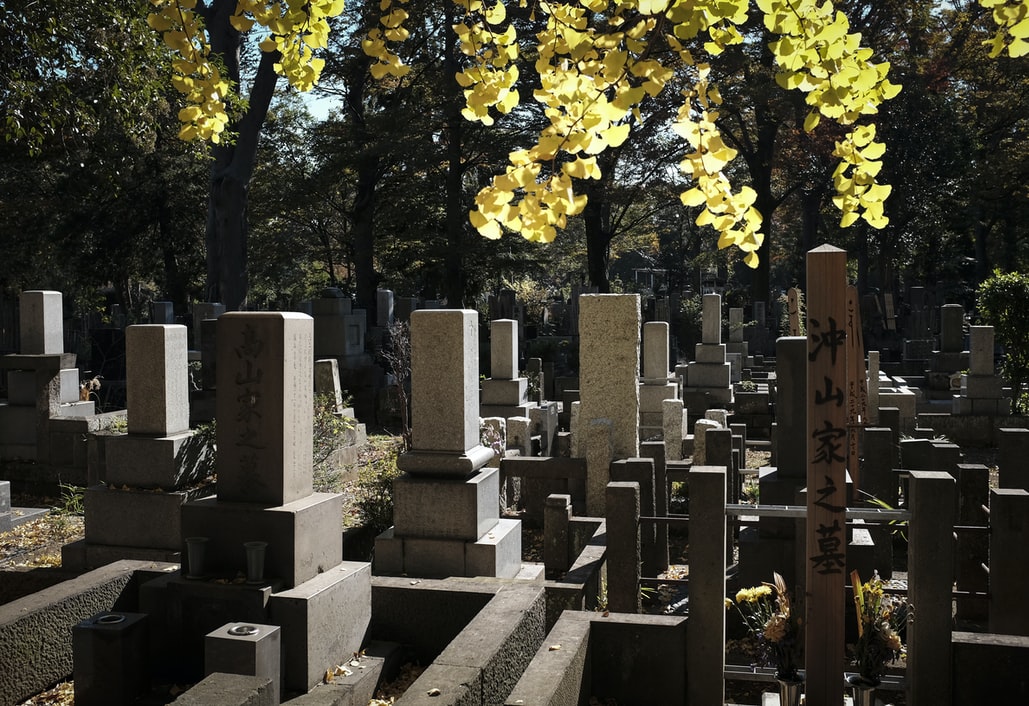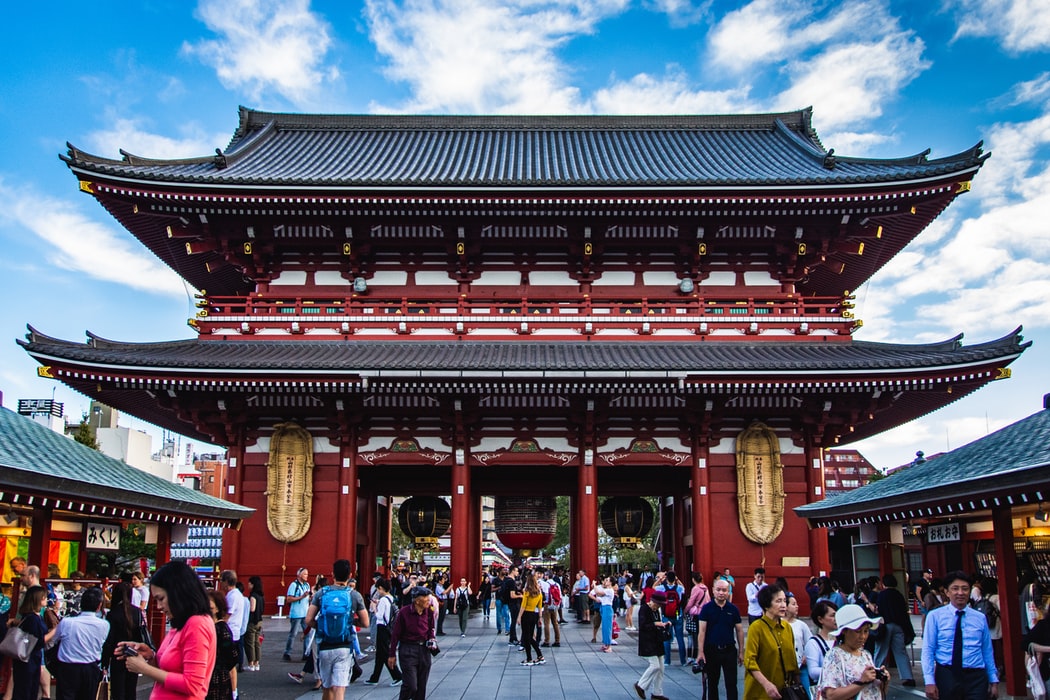
With the advent of spring just around the corner and the cherry blossom trees start to bloom, why not welcome the new season through an official public holiday called Vernal Equinox Day or Shunbun No Hi.
Get acquainted with Shunbun No Hi (春分の日)
First, let’s break down the kanji. “春” is the character for spring, while “分” is an ideogram that means “to divide.” Then you have “の日” for the day or special occasion. Put them all together, and you basically get the day that divides two seasons – the end of winter and the start of spring.
Shunbun No Hi is one of Japan’s 16 national holidays, and it was first established in 1948 as a way for the country to welcome the new season. With this day comes an appreciation of nature’s way of blooming after winter. The holiday is actually a part of a seven-day period known as the equinoctial week of spring or Haru No Higan (春の彼岸). Haru No Higan is a Buddhist holiday exclusively celebrated by Japanese sects for a week, usually three days before and after Shunbun No Hi.

Astrologically, the Spring Equinox marks a changing of seasons, and you can expect days to get longer while nights get shorter. You would also feel temperatures start to rise and, of course, see the gorgeous cherry blossoms begin to bloom. The moment also marks one of the two days of the year where light and dark hours are equivalent. The term “equinox” means the time or date when the sun crosses the celestial equator, and day and night are approximately the same lengths. In other words, the sun rises and sets precisely at the east and west, respectively. For spring, this could be dates ranging from March 19 to March 22. The only other equinox of the year is the Autumnal Equinox Day which marks the start of autumn. It will be celebrated on September 23 this year.
Shunbun No Hi: A time to pay respect to ancestors
It is a Buddhist belief that when the hours of light and dark are equal, or an equinox, Buddha appears to help stray souls cross the between the earthly world and Nirvana. Therefore, it is customary for families to pay respect to their ancestors’ graves on this day. People also bring flowers, clean the tombstones, and offer food such as a rice cake covered with bean powder called botamochi. It is believed that such gestures would honor their ancestors and help them cross the river.

Before Shunbun No Hi came to be following Japan’s 1948 post-war constitution separating church and state, it was a religious day called Shunki Koreisai, a Shintoist holiday observed to honor Japan’s emperors of the past. Even though it is now a secular holiday, Shinto traditions such as visiting ancestral graves to pay respects continue to be upheld. The Vernal Equinox Day is a great example of past practices echoing in the modern age. On top of honoring ancestors, the holiday also celebrates a love of nature and all living things, another aspect influenced by Shintoism.
Celebrate the holiday like a local
In line with celebrating a love of all living things, families often travel back to their provinces or extended family residences to spend time with one another. Knowing Tokyo’s frantic pace, the holiday is a much-appreciated time to slow down and catch up with loved ones. The celebrations would then be continued at burial sites to extend the gesture of the special day.
Shunbun No Hi is also a day for farmers to pray for “good luck” for their crops as it is a start of a new planting season. If you want to celebrate the holiday like a local even more, you can do some spring cleaning, start a new hobby or set a new goal – all of which are activities common to this day.

Then, you have the “love of nature” theme of the celebrations. What’s nature without being outdoors? During Shunbun No Hi, you can expect a majority of the events to be held outside, such as shrines putting on events. With this tip, you can head on over to your closest shrine or perhaps the bigger ones in Tokyo like the Meiji Shrine in Yoyogi Park, Tennoji Temple in Yanaka, or Sensoji Temple in Asakusa for a glimpse of the festivities.
The Vernal Equinox Day this year will be on March 20, Saturday. It is a public holiday; therefore, companies, government offices, and schools are closed.
Enjoy the Plum Blossom theme
While there is no one specific delicacy to try out during the Vernal Equinox Day in Japan, you will find a lot of springtime foods that are in season such as plum blossoms. When you start seeing many plum blossom flavors in various dishes, that’s a tell-tale sign that spring has come. Umeboshi (tart with pickled plums), umeshu (plum wine), even pickled plum flavored chips are a few examples to look out for. In line with the cherry blossoms beginning to bloom, you will also see many dishes with this theme, whether it’s the background of a restaurant menu or cherry blossom-flavored tiramisu. From fresh fruit, berries, or flowers, expect a splash of color surrounding your meals during this season.

From the time spent with loved ones to the vibrant delicacies to try out, you can join in on the tradition of celebrating new life through the Shunbun No Hi celebration in Japan.














